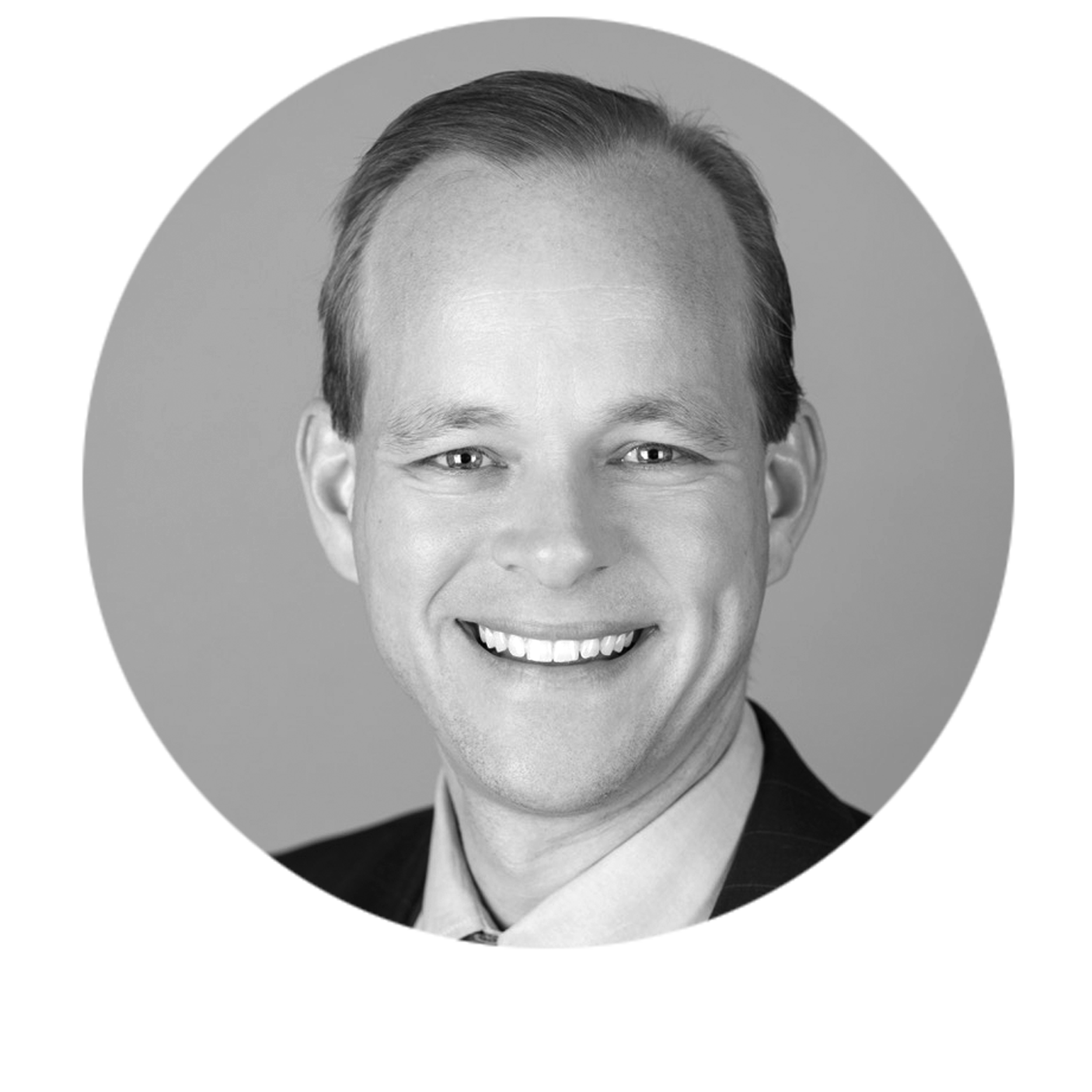While this may be an old concept, the Fixed Forecast Dilemma still holds true today. Not too long ago, this was a fairly arduous task, even if you wanted to undertake it. This is now primarily a mindset change because today’s planning, reporting and analytics systems make this task much easier than in the past.
Artificial Wall
We create this disconnect between current year and next year – in our minds as well as in our systems. We spend the bulk of our time focused on our current calendar or fiscal year and create this artificial wall that is difficult to see beyond. When analyzing actions, we think in terms of how it impacts our Total Year period because that is the report deck I need to pull together once I finish my forecast. We don’t always think about how my actions today impact the out months. “That’s a budget problem, I’ll worry about that when I put that hat on,” I used to say.
Our systems are created to support this philosophy as well. We put our forecast and our plan in separate scenarios which makes the divide even deeper. This Year. Next Year.

As you know by now, I spent many years in FP&A in the car rental business. We initially used the standard January to December forecast period. We started with our annual budget. January was always a good month; there’s no way we were going to show a number different from the budget we just spent so much time on, so it was an easy ‘copy/paste’ job to our Current Estimate version. As the months and quarters progressed, we layered in the actuals and updated the remainder of the year. Nothing more, nothing less. This was a short-sighted process that led to increasingly limited visibility. It was as if we weren’t going to rent a single car on January 1st! Don’t get me wrong, I did enjoy the forecast more as the year progressed since I had one less period to create and analyze each month. Come the Aug/Sept timeframe, I actually got home at night before my wife and boys were asleep! The primary issue is that the calendar year construct focuses attention on the accounting year rather than the ongoing operational cycles which can be calendar agnostic. A continuous planning process pulls the two together.
Continuous Planning
Continuous planning cycles allow us to become more strategic in our thinking and give us a visual cue that our business is continuous and there is, indeed, life after December. It links our operational and financial strategies and goals. Start using your forecast as a legitimate roadmap which shows your current landscape rather than just a report that you plug back to the annual plan to avoid questions (I may have played that game once or twice…)
The basic idea is that we are always looking forward the same number of months/quarters. As this visual shows, we layer in the actuals but add another period at the end of our forecast timing. This is often referred to as a ‘drop…add’ planning cycle.

This chart shows an 18-month forecast. Your time horizon and granularity (the level at which you forecast your accounts and locations) may be specific to your industry and should be based on the furthest point out that you have solid, actionable operational/finance visibility and needs. Several companies I have worked with use a simple rolling 12 forecast. I used an 18-month rolling forecast since that aligned with my lead times for our vehicle purchases. There are heavy capital-intensive industries which may have 30-year CapEx forecasts. If you are unsure, start with 12 or 18 months. One key benefit to an 18-month continuous planning cycle is that the first pass of your plan for the following year is completed at the beginning of Q3 this year.
Next Steps
You might be thinking, “Brian, there is no way I’m going to do 18 months of forecasting. It would take too long.” You may be right based on your current process. You should be thinking about driver-based forecasting at the same time. Focus on the key drivers of your business. Update the rates and drivers and let the system do the work. Also, start to question the granularity of your forecast. Do you really need to forecast every GL account or every store front, department, or business unit? We fool ourselves into thinking that more detail somehow equates to greater accuracy. I would argue it’s the exact opposite. Implement the continuous planning cycle along with these business process changes and you will not spend any more time on your forecast than you do today. But you will have gained more insight into the needs and expectations of your business.
Whatever you do, remember that January 1st follows December 31st every year. Don’t wait until the last minute to see what’s on the other side of the wall.
Read more posts in Brian’s FP&A Done Right Series:
FP&A Done Right: Creating a Shared Vision Between Finance and IT
Why, Why, Why, Why? – The Hallmark of a Great FP&A Practitioner
Guest blog post from Adaptive Insights: How to Improve Cross-Team Collaboration

